Agne Kinks: It all begins with mapping user needs, pains, goals and motivations
Agne has worked in market and user research for over 20 years. She currently leads the customer and market research department at Pipedrive, where she has worked for almost 4 years now. Prior to Pipedrive, Agne worked for the research company Kantar Emor, where she advised clients from various fields, led the media strategy department at different times, and later, managed the client strategies department. Agne has a lot of experience especially in the field of market research. Working at Pipedrive has added a decent experience in the field of UX. There is a principle in Pipedrive - everyone calls! At the 2021 conference, Agne shared her experience on how to organize customer research in the organization in such a way that everyone can handle it and be able to use the insights in development process.
Based on your experience, does UX design drive business growth? How?
It definitely does. If we take digital products then no one wants to use an app that is hard to understand, difficult to use, and aesthetically unpleasing. Good user experience drives customer satisfaction, which drives loyalty and positive word of mouth and ultimately, business growth.
From a practical side UX design/research helps to reduce development costs and save money in the long run. Pleasant user experience will also help in increasing user engagement and boost conversion. It can also be a deciding factor when it comes to differentiating from competitors within the same niche or industry. E.g. Pipedrive has always been known for its “ease of use” and we in research and design follow closely that it continues to stay that way.
Most businesses have unused design potential. In your opinion, what needs to be changed first in order to approach design more strategically?
Promoting the effect and influence a well researched and tested design can have. Showing the impact on actual business results, the growth it can drive. Tracking and measuring design performance similarly to other business performance attributes.
What is it about Scandinavian design that makes it so good? How do you/they do it?
I am definitely not a design expert and can comment only from personal experience. I feel it has the timeless effect as it is simple, beautiful and functional. The usage of natural materials makes it elegant and calm. How do they do it? As a researcher I think they just conduct thorough research and listen to what users love.
How should design be integrated into business processes? Based on your experience, which design tools/methods would you recommend for a rookie?
From a UX research perspective I can probably give input in regards to the discovery and mapping phase in the development process. It all begins with mapping user (potential user) needs, pains, goals and motivations and I haven't found a better way than in-depth interviews for that. Based on the insights gathered Personas can be formed for better targeting, also Experience maps or Empathy maps can come handy. In Pipedrive this phase is often followed by design sprint involving all stakeholders - design, product management, research, data analytics and engineering. This exercise puts everyone on the same page and is a good kick-off for the work ahead.
A good book on Design sprint I recommend “Sprint: How To Solve Big Problems and Test New Ideas in Just Five Days”, by Jake Knapp, John Zeratsky, Braden Kowitz.
How should design be integrated into a business structure?
I have not been involved in the UX and design world for long, therefore for me design has always been a key part of a business structure. I feel that design is a top-management issue and it’s performance should be assessed similarly to tracking revenue and cost.
Building design metrics into product OKRs and tracking satisfaction and usability ratings on a regular basis is a must.

